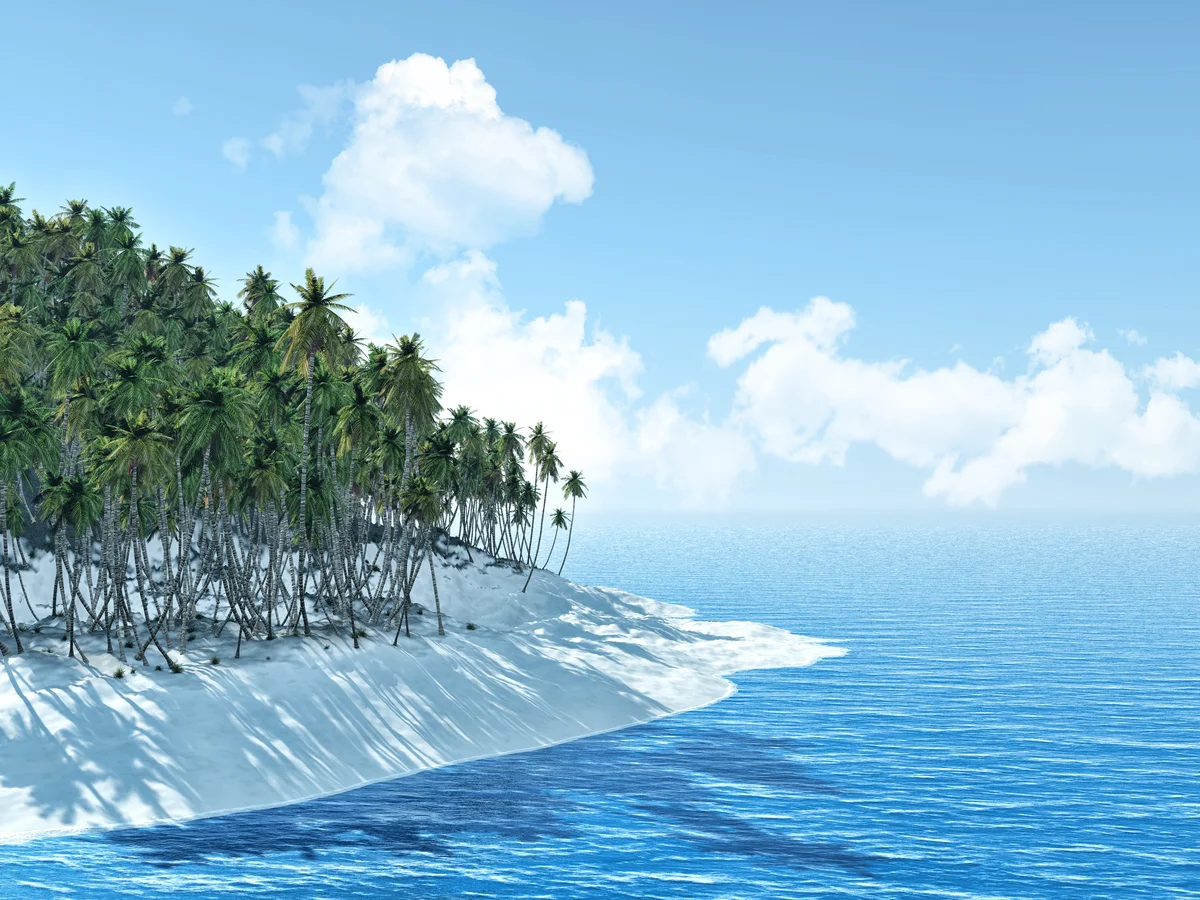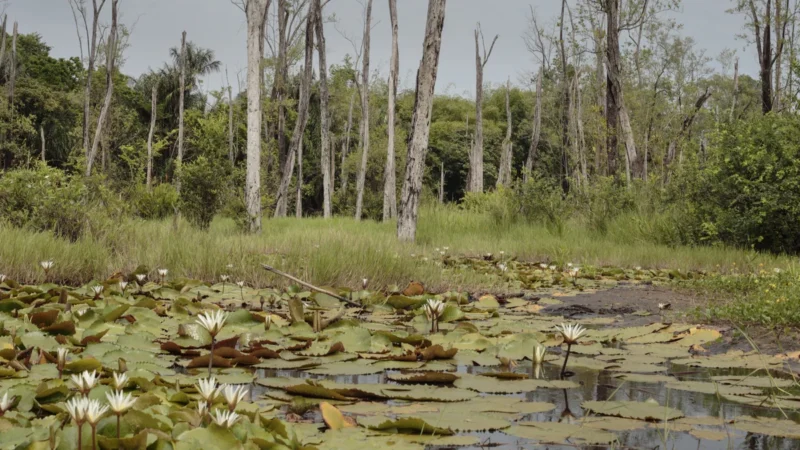What Is The Impact of Rising Sea Levels on The Pacific Island?

The Pacific Islands face an imminent and profound threat due to the rising sea levels, a consequence primarily linked to climate change. These island nations, spread across vast expanses of the Pacific Ocean, are particularly vulnerable to the detrimental effects of this environmental shift. The ramifications extend beyond mere environmental changes, encompassing socio-economic, cultural, and geopolitical implications.
Environmental Transformations
The most evident and direct impact of rising sea levels on the Pacific Islands is the erosion of coastlines and the inundation of low-lying areas. As the sea encroaches further inland, it engulfs homes, infrastructure, and agricultural land, forcing communities to relocate. Entire villages and cultural heritage sites face the threat of disappearing beneath the waves, challenging the very existence of these indigenous cultures.
Additionally, saltwater intrusion into freshwater sources leads to contamination of drinking water, rendering it unsuitable for consumption and agriculture. This intrusion not only threatens human health but also jeopardizes the delicate balance of ecosystems within these islands, impacting flora and fauna that rely on these freshwater sources.
Socio-Economic Challenges
The repercussions of rising sea levels reverberate through the socio-economic fabric of these island nations. Displacement of communities due to land loss disrupts livelihoods and traditional ways of life, compelling people to abandon their ancestral homes and relocate to unfamiliar territories. This relocation strains resources and creates social tensions, exacerbating issues related to overcrowding, unemployment, and inadequate infrastructure in the areas where displaced populations settle.
Moreover, these islands heavily rely on tourism and fisheries as primary sources of income. The degradation of natural resources due to environmental changes affects both these sectors, leading to economic downturns and loss of jobs, which further compounds the challenges faced by these communities.
Geopolitical Ramifications
The rising sea levels also raise complex geopolitical issues. The sovereignty and territorial integrity of these island nations are threatened as their landmass diminishes. Displacement of populations and the potential disappearance of entire nations pose intricate questions about statehood, citizenship, and the responsibilities of the international community in offering refuge or support.
Furthermore, the potential for increased migration from these islands to neighboring countries or larger landmasses brings forth concerns about border disputes, resource competition, and socio-political tensions among nations in the region.
Mitigation and Adaptation Efforts
In response to these challenges, Pacific Island nations are actively engaging in mitigation and adaptation strategies. They are advocating for global action to curb carbon emissions, pushing for international agreements aimed at mitigating climate change’s adverse effects. Locally, they are implementing measures such as building seawalls, relocating infrastructure to higher ground, and adopting resilient agricultural practices to cope with the changing environment.
Collaboration between these nations and international organizations is crucial in supporting these efforts and ensuring the preservation of these unique cultures and ecosystems. Additionally, fostering community resilience through education, technology transfer, and sustainable development initiatives plays a pivotal role in preparing these communities for an uncertain future.
Key Takeaways
The impact of rising sea levels on the Pacific Islands encompasses multifaceted challenges that demand immediate attention and concerted global efforts. The environmental, socio-economic, and geopolitical ramifications underscore the urgency of addressing climate change and providing support to these vulnerable island nations to secure a sustainable future for generations to come.
FAQs: Rising Sea Levels in the Pacific Islands:
Rising sea levels in the Pacific Islands are primarily attributed to global climate change. Factors contributing to this phenomenon include the thermal expansion of seawater due to increasing temperatures and the melting of polar ice caps and glaciers, all of which result from the accumulation of greenhouse gases in the atmosphere.
Low-lying atolls and islands, such as Kiribati, Tuvalu, Marshall Islands, and parts of Fiji, among others, are particularly vulnerable due to their limited elevation above sea level. These regions face imminent threats of coastal erosion, inundation, and freshwater contamination.
The impact of rising sea levels disrupts livelihoods in several ways. Coastal erosion and land loss force communities to relocate, leading to social and economic challenges. Subsistence agriculture is affected due to saltwater intrusion, compromising food security, while tourism and fisheries—a major source of income—are jeopardized.
Pacific Island nations are implementing various strategies. These include building seawalls and infrastructure resilient to sea-level rise, adopting sustainable agriculture practices, and advocating globally for reduced carbon emissions. They also focus on adaptation measures, such as relocating communities to higher ground and promoting climate-resilient policies.
Yes, international organizations, governments, and non-profits collaborate to support these nations. Efforts range from providing financial aid for adaptation projects to facilitating technology transfer and capacity building. International agreements like the Paris Agreement aim to mitigate climate change and its effects on vulnerable regions.


